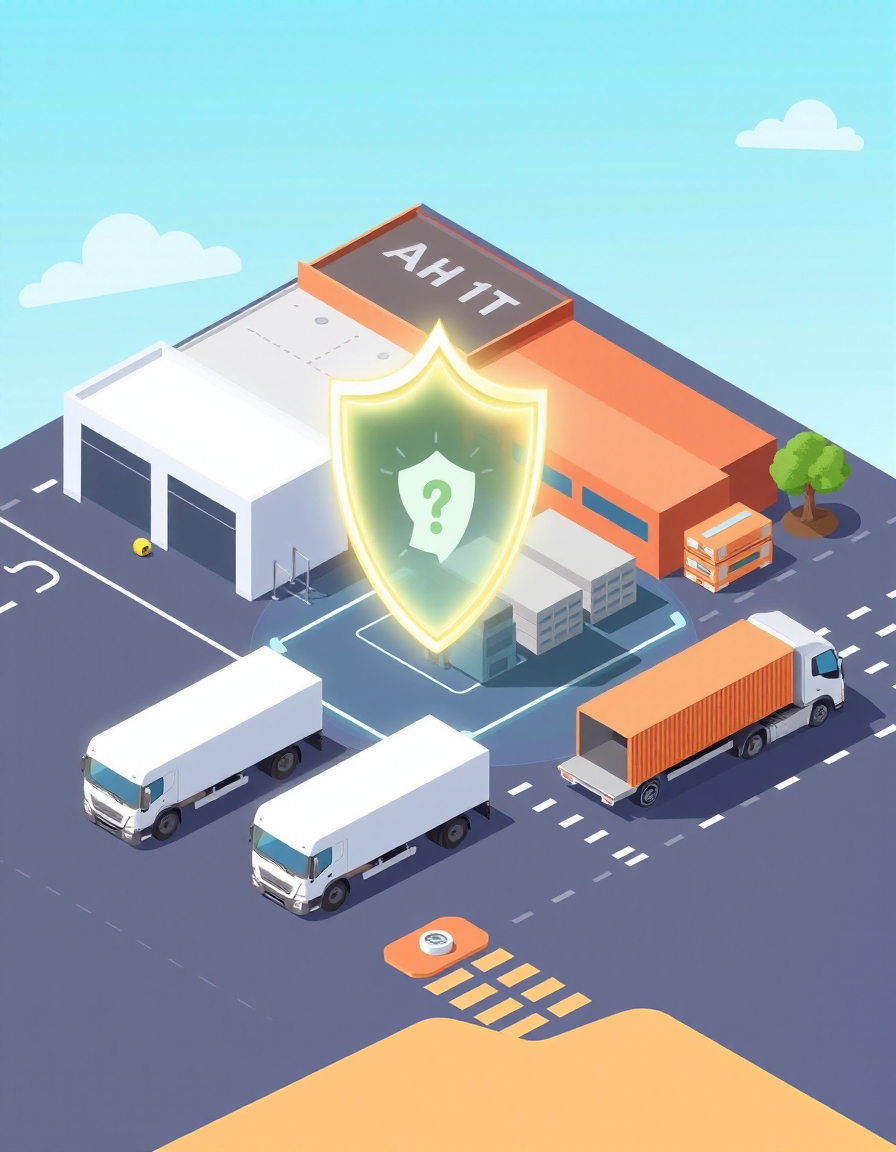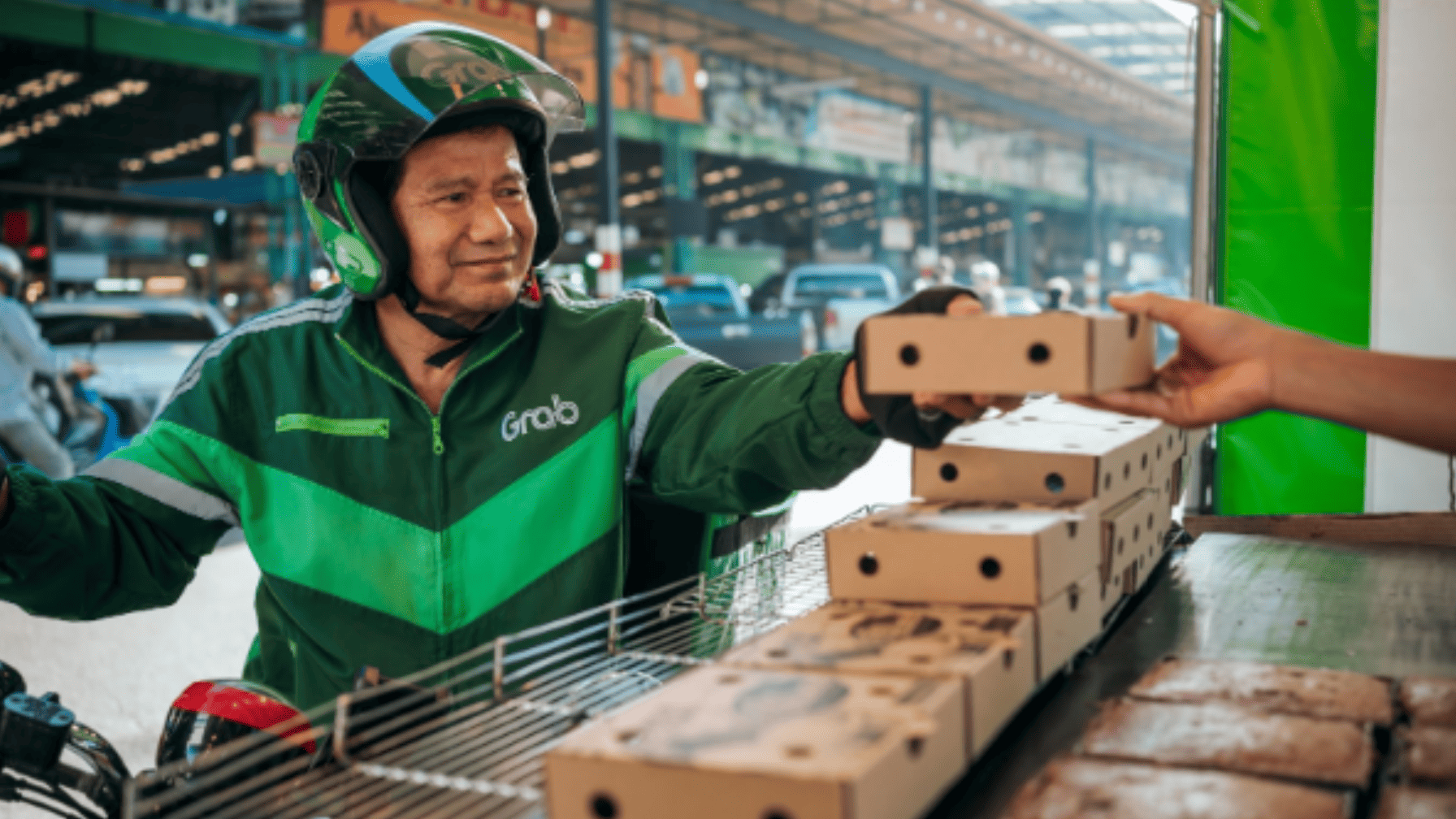Cybersecurity in Logistics: The Rising Threat of AI-Driven Attacks
The logistics industry in 2025 runs on data — and data attracts threats. As automation, IoT, and AI are redefining global supply chains, the same technologies are also being exploited by cybercriminals during the process.
AI attacks that are at the forefront of technology today can access logistics networks quicker and with more finesse than even the most skilled human hacker.
The API or IoT device that is compromised can even put a total stop to operations in a warehouse, lead to the stoppage of a fleet, and result in cascading disruptions that cost millions of dollars.
Cybersecurity is not just a defense anymore—it is an operational resilience that consists of a backbone.
The Rise of AI-Enhanced Threats
Unlike traditional malware, AI-powered cyberattacks come with the features of learning and adapting. They can spot vulnerabilities, even mimic human behavior, and slip through various detection systems just by switching their tactics in real time.
As this is an industry with many interconnected partners, it makes logistics a prime target.
Top AI-Triggered Threats at 2025:
Deep fake user impersonation is very pronounced: Criminals make a display from synthetic voices or video so that counterfeit payments and shipments can be executed in quietness.
Data poisoning: Tampering with the data that is fed to AI systems in logistics to influence the selection of routes and pricing.
Ransomware automation: Artificial intelligence systems find and lock up vital operations quicker than the intrusion done by humans.
As per the ENISA 2025 Cybersecurity Report, logistics companies faced this year at least one AI-assisted breach attempt in 72% of the cases; the figure for 2023 was only half of that.
Why Logistics Is Especially Vulnerable
Supply chains are dependent on a sophisticated network of digital technologies — ERP, WMS, tracking APIs, and freight platforms. Every connectivity point enhances productivity yet at the same time introduces new attackers' access points. One weak supplier or poorly set API can make global networks completely visible.
Recent high-profile incidents show how fragile the system can be:
-
-
- Deepfake calls to financial officers triggered unauthorized transfers exceeding $20 million.
- Malware injected into third-party fleet management software halted deliveries across three continents.
- An AI-based phishing attack breached customs documentation portals, delaying exports for weeks.
-
The conclusion is clear:
-
-
- interconnectivity without Zero-Trust equals exposure.
- From Reactive to Predictive Security
- Traditional cybersecurity reacts to alerts.
- Modern logistics needs defense that anticipates attacks before they happen.
-
This is where AI-powered predictive security and Zero-Trust Architecture (ZTA) become essential.
Zero-Trust assumes no user, device, or partner is automatically safe. Every interaction is verified continuously.
Predictive defense adds another layer — analyzing network behavior patterns to identify threats before breaches occur.
Companies adopting these models report reduced downtime and faster incident response, according to McKinsey’s 2025 Logistics Cyber Resilience Study.
Five Essential Steps for AI-Ready Security:
-
-
- Implement Zero-Trust segmentation — isolate IT, OT, and IoT networks.
- Secure APIs — enforce encryption and continuous access validation.
- Monitor data integrity — detect model poisoning or unauthorized data changes.
- Train employees — deepfake awareness and verification protocols.
- Adopt predictive AI tools — automate detection and simulate potential attack scenarios.
- These measures transform cybersecurity from reactive patching to continuous risk anticipation.
-
The Future: Collective Defense Networks
In 2026, the focus will shift toward collaborative cybersecurity ecosystems — where logistics providers share anonymized threat data to stop attacks before they spread globally.
AI-powered systems will run “digital immune responses,” isolating compromised nodes and restoring safe operations autonomously.
For logistics companies, cybersecurity will evolve from protection to prediction — a continuous, intelligent process embedded in every transaction.
Key Takeaways
- AI-driven cyberattacks in logistics have grown 2x since 2023, with 72% of companies affected (ENISA 2025).
- Deepfakes, data poisoning, and ransomware automation are top emerging threats.
- Zero-Trust and predictive AI security transform defense from reactive to proactive.
- McKinsey 2025 reports reduced downtime and faster response for firms using predictive defense models.
- By 2026, logistics cybersecurity will shift to collaborative “digital immune systems.”








